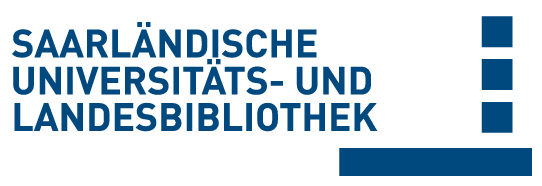Please use this identifier to cite or link to this item:
Volltext verfügbar? / Dokumentlieferung
doi:10.22028/D291-40433 | Title: | Four-Week Omega-3 Supplementation in Carriers of the Prosteatotic PNPLA3 p.I148M Genetic Variant: An Open-Label Study |
| Author(s): | Kuttner, Clara-Sophie Mancina, Rosellina Wagenpfeil, Gudrun Lammert, Frank Stokes, Caroline S |
| Language: | English |
| Title: | Lifestyle genomics |
| Volume: | 12 |
| Issue: | 1-6 |
| Pages: | 10–17 |
| Publisher/Platform: | Karger |
| Year of Publication: | 2019 |
| Free key words: | Elastography Free fatty acids Hepatic steatosis Ketones Nonalcoholic fatty liver disease |
| DDC notations: | 610 Medicine and health |
| Publikation type: | Journal Article |
| Abstract: | The PNPLA3 loss-of-function variant p.I148M is a strong genetic determinant of nonalcoholic fatty liver disease. The PNPLA3 protein functions as an intracellular lipase in the liver, with a greater activity on unsaturated fatty acids. This study aimed to determine whether short-term supplementation with omega-3 fatty acids impacts hepatic steatosis differently in PNPLA3 p.148I wild-type individuals as compared to homozygous carriers of the PNPLA3 p.148M variant. Methods: Twenty subjects with hepatic steatosis (50% women, age 18–77 years) were included. Ten subjects homozygous for the PNPLA3 148M variant were matched to 10 wild-type individuals. The subjects received 4 g omega-3 fatty acids (1,840 mg eicosapentaenoic acid and 1,520 mg docosahexaenoic acid) a day for 4 weeks. Transient elastography with a controlled attenuation parameter (CAP) was used to quantify liver fat before and after the intervention. Body composition, fibrosis, liver function tests, serum free fatty acids (FFA) and glucose markers were compared. Results: Patients homozygous for the PNPLA3 p.148M variant (risk group) demonstrated no significant changes in CAP compared to baseline (284 ± 55 vs. 287 ± 65 dB/m) as did the control group (256 ± 56 vs. 262 ± 55 dB/m). While serum liver enzyme activities remained unchanged in both groups, the risk group displayed significantly (p = 0.02) lower baseline FFA concentrations (334.5 [range 281.0–431.0] vs. 564.5 [range 509.0–682.0] μmol/L), which markedly increased by 9.1% after the intervention. In contrast, FFA concentrations decreased significantly (p = 0.01) by 28.3% in the wild-type group. Conclusions: Short-term omega-3 fatty acid supplementation did not significantly alter hepatic steatosis. The nutrigenomic and metabolic effects of omega-3 fatty acids should be investigated further in carriers of the PNPLA3 148M risk variant. |
| DOI of the first publication: | 10.1159/000502008 |
| URL of the first publication: | https://karger.com/lfg/article/12/1-6/10/188172/Four-Week-Omega-3-Supplementation-in-Carriers-of |
| Link to this record: | urn:nbn:de:bsz:291--ds-404335 hdl:20.500.11880/36337 http://dx.doi.org/10.22028/D291-40433 |
| ISSN: | 2504-3161 2504-3188 |
| Date of registration: | 31-Aug-2023 |
| Faculty: | M - Medizinische Fakultät |
| Department: | M - Innere Medizin |
| Professorship: | M - Prof. Dr. Frank Lammert |
| Collections: | SciDok - Der Wissenschaftsserver der Universität des Saarlandes |
Files for this record:
There are no files associated with this item.
Items in SciDok are protected by copyright, with all rights reserved, unless otherwise indicated.

